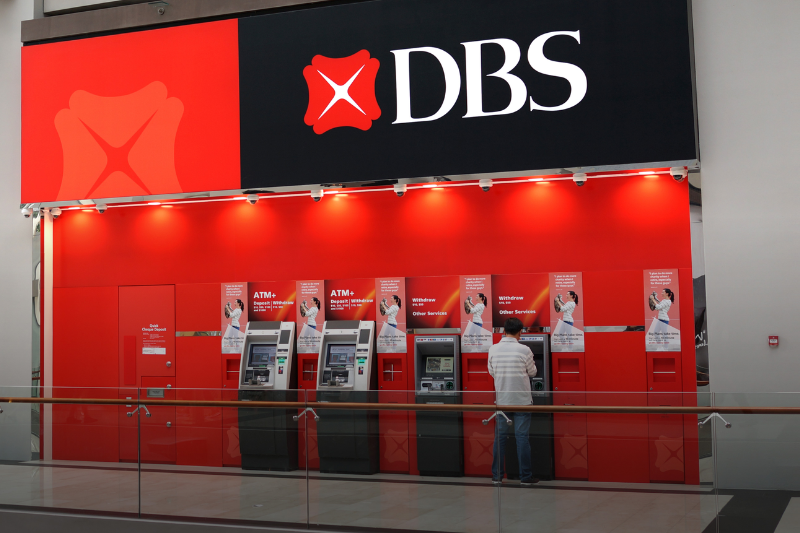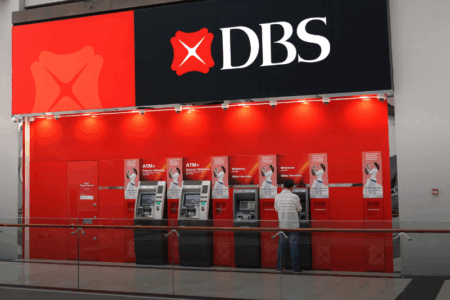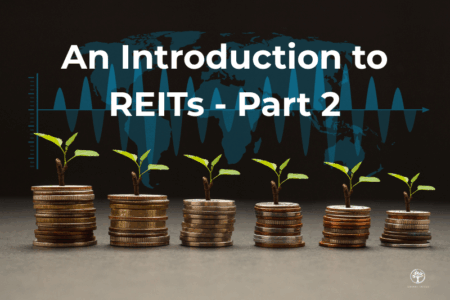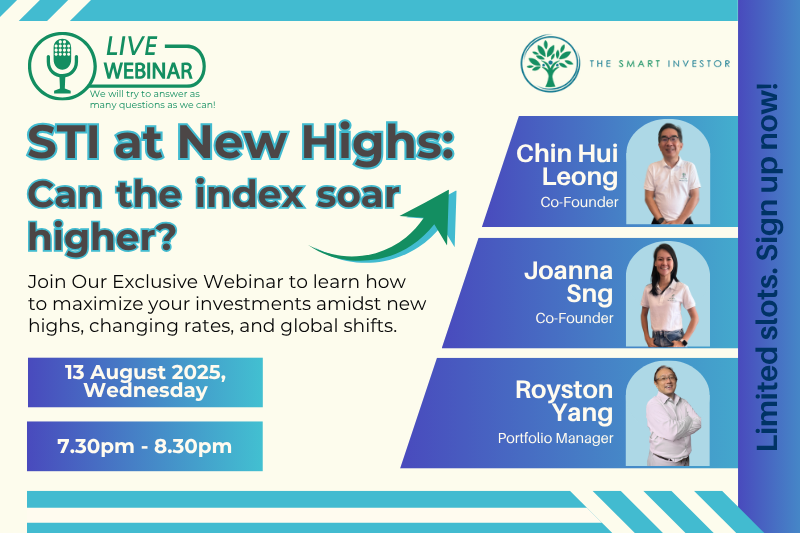The Straits Times Index (SGX: ^STI) crossed the 4,500 mark two Fridays ago and hasn’t looked back.
As the index hits a new peak, companies such as DBS Group Holdings (SGX: D05), Genting Singapore (SGX: G13), UOL Group (SGX: U14), Oversea-Chinese Bank Corporation (SGX: O39), and CapitaLand Ascendas REIT (SGX: A17U) are reaching 52-week highs of their own.
Today, we’ll assess the reasons behind their rally and if they are richly priced.
DBS Group Holdings: Banking on Record Profits
For 2025’s third quarter (3Q2025), DBS delivered another set of stellar results led by record profit after tax, another increase in dividend, and a resilient balance sheet.
DBS’s commercial net interest income (NII) of S$3.56 billion, while down 2% quarter-on-quarter (QoQ), still forms the core of its total turnover at around 60%.
Part of the reason is that its net interest margin (NIM) declined to 1.96%.
Non-performing loans (NPL) remained stable at 1%.
Meanwhile, the bank’s non-interest fee segment saw revenue grow by 13.3% QoQ to S$1.58 billion.
Wealth management continues to spearhead this diversification away from NII, soaring 22.7% QoQ to S$796 million (50.3% of non-interest fee income).
DBS declared a dividend per share of S$0.75 (S$0.60 of ordinary dividend and S$0.15 of capital return dividend).
Management has also committed to S$3 billion to reduce shares opportunistically over the next three years.
DBS has a trailing dividend yield of around 5.3% at its current share price of S$54.
The bank’s recent dividend payout trend has been extraordinary, with strong annual increases since 2021.
Structural tailwinds, including the growing wealth and trade of Asia, should benefit DBS’s wealth management and institutional banking arms.
The bank is subject to the risks of even lower interest rates or an economic downturn, which could impair the collection of its loans and asset values.
DBS’s current valuation is rich, though — so investors may want to think twice.
Genting Singapore (SGX: G13) — Tourism Tailwind at Full Throttle
Genting Singapore, or Genting, experienced a resurgence in net profits for the third quarter of 2025 (3Q2025), up 19% year on year (YoY) to S$94.6 million.
This increase was fuelled by strong performance from Resorts World Sentosa (RWS) and the continuous increase in tourist arrivals to Singapore over the past three months.
With 2025 visitor arrivals expected to exceed those of 2024, Genting, with its leading integrated resort, RWS, is expected to benefit immensely.
This trend is evident in its strong gaming turnover performance, which increased by 22% YoY to S$402.3 million for 3Q2025.
However, do note that the current construction of RWS 2.0 would cost Genting more than a pretty penny, which could limit the amount of cash it has to pay dividends.
For instance, RWS’s waterfront lifestyle development is expected to cost as much as S$6.8 billion.
Turning back to financials, Genting’s 3Q2025 revenue increased 16% YoY to nearly S$650 million backed by strong gaming performance from RWS, aided by the opening of the Singapore Oceanarium and its new WEAVE lifestyle precinct, which drove more visitors.
Genting has a forward dividend yield of approximately 5.03%.
The integrated resort developer and operator could benefit more from increased spending in both its gaming and non-gaming businesses, alongside higher footfall.
Other than the costs associated with building RWS 2.0, a downturn could impair the company’s earnings.
While Genting’s recent rally reflects improvement in fundamentals, it may have priced-in its growth expectations.
UOL Group (SGX: U14) — Property Confidence Rewarded
UOL has experienced a ferocious rally since the start of the year.
For the first half of 2025 (1H2025), the property developer recorded revenue of S$1.5 billion, a sizable gain of 22% YoY.
Net profits did even better, surging to S$205.5 million, up 58% compared to 1H2024.
This increase is on the back of a resurgence in its property development segment, which saw turnover soar 40.2% YoY to almost S$732 million.
For its property investments segment, occupancy rates benefited from asset enhancement initiatives (AEI), leading to revenue increasing 12% YoY to S$303.6 million.
The conglomerate’s hotel operations were stable, driven by improved occupancy rate and revenue per available room (RevPAR) from its overseas units.
Recurring income, including its rental income from property investments and hospitality income from hotels, came in at S$679 million, contributing 44% of total revenue.
UOL has a trailing dividend yield of 2.1%.
The stock’s dividend payout has been steadily increasing since 2021.
Impressively, UOL did not reduce its payout even during COVID.
UOL should benefit from lower rates via improved valuations and higher rental yields from its properties.
For interested investors, do watch out for signs of slowing in the property market, which would hurt UOL.
OCBC (SGX: O39) — Value Catching Up
Despite the headwinds of lower rates, OCBC managed to surprise investors with a better-than-expected 2025 third-quarter report (3Q2025).
Strong profits for its third quarter (3Q2025), the highest over the past five quarters, were achieved via strong non-interest income turnover performance (up 14.7% YoY to S$1.57 billion).
Trading, insurance, and wealth management stood out for their outperformance.
Net fees and commissions revenue surged 34.4% YoY to S$683 million on the back of robust wealth management performance.
Wealth management, which contributed 55% of net fee and commissions income, soared 53.5% compared to 3Q2024.
This performance is key amid a weaker NII performance.
NII declined 9% YoY to S$2.2 billion due to its NIM softening to 1.84%.
Profit from its Great Eastern (SGX: G07), or GE, insurance arm rose 37% YoY to S$347 million, providing diversification to OCBC’s earnings.
NPL remained stable at 0.9%.
OCBC has a trailing dividend yield of roughly 5.3% (including special dividends).
While payout has been increasing since 2021, the bank did cut its interim dividend in 1H2025 to S$0.41 per share while maintaining a payout ratio of 50%.
Increasing fee income and rebounding profit contribution from GE should stabilise OCBC’s earnings, which are suffering from the headwinds of lower NIM.
Investors should watch for continued growth in OCBC’s non-interest income, which would counteract its lower NII from lower rates.
Decreasing NII from a contraction of its NIM and a downturn could result in lower earnings and dividends from the bank.
Despite the rally, OCBC’s valuation remains more attractive compared to DBS.
CapitaLand Ascendas REIT (SGX: A17U) — Industrial Strength Rewarded
CapitaLand Ascendas REIT, or CLAR, has benefitted from a rotation back into high-quality real estate investment trusts (REITs) by investors to capitalise on lower rates.
For 1H2025, distribution per unit (DPU) declined 0.62% YoY, falling to S$0.07477.
However, its distributions may improve moving forward.
As at 30 September 2025, the REIT has a stable occupancy rate of 91.3%.
CLAR also demonstrated its ability to increase rents with a positive rental reversion of 7.6%.
The industrial REIT remains well-capitalised with an aggregate leverage of 39.8% and a cost of debt of 3.6%.
With 77.6% of its total debt in fixed-rate, CLAR could benefit from refinancing at lower rates.
Looking forward, lower rates could result in improved DPU and valuation for the REIT’s properties.
However, the plateauing of industrial rents could limit income growth.
For interested investors, keep an eye out for lower interest rates, and economic growth holding up for further upside.
In addition, be mindful of CLAR’s foreign exchange exposure and the potential impact of an economic downturn, which could pressure its occupancy rate and rental rates.
While CLAR provides a defensive and reliable income, its DPU may not expand significantly from current levels.
The Bigger Picture: What 52-Week Highs Tell Us
These stocks at 52-Week highs reflect an improved fundamental picture of robust earnings and dividends, alongside a better economic outlook.
However, has all the good news been priced into current prices?
While high prices do not automatically mean sell, investors should examine if current valuations are too rich and if growth is sustainable.
Selling solely due to short-term price gains is a common folly.
Better yet, focus on companies’ fundamentals such as dividend sustainability, balance sheet strength, and long-term growth drivers.
Consider trimming only if valuations far exceed historical norms or if catalysts do not play out.
Get Smart: Reassessing Your Holdings at 52-Week Highs
52-week highs do not mean sell.
Instead, it’s an opportunity for investors to reassess their holdings.
True winners often reach higher prices; you would do well to hold quality through market gyrations.
Our FREE report, ‘7 Singapore Blue-Chip Stocks That Can Pay You for Life,’ reveals stable, dividend-paying stocks with a history of strong returns—even in uncertain markets. Get insights on Singapore’s most dependable blue-chips and see how they can offer you steady income. Download it today to start building your portfolio with confidence.
Follow us on Facebook, Instagram and Telegram for the latest investing news and analyses!
Disclosure: Wesley owns shares in Genting Singapore.





